One of the most remarkable castles in England can be found in the southeast of the country.
In this post, we’ll take a closer look at some interesting facts about Lewes Castle!
1. The castle is located in a town with the same name
Lewes Castle is located in the town of Lewes in East Sussex, a county in the South East of England. The town has been of high importance all throughout its history, dating back to the Iron Age in Great Britain (800 B.C.-100 A.D.).
Various Roman artifacts have been found in and around which makes some historians assume there must have been a Roman settlement where the town is situated now. No archaeological evidence of a Roman town has been found, though.
We do know that an Anglo-Saxon settlement was built on this location in the 6th century. The first written account of the name “Lewes” was made in an Anglo-Saxon charter dating back to around 961 A.D.

2. It was built on a strategic position in southeast England
The strategic location of the town of Lewes was already recognized in the Iron Age. Back then, a hill-fort was built on Mount Caburn, a hill overlooking the location of the town.
More importantly, it also overlooks the River Ouse which cuts into the South Downs near the town. These are a range of chalk hills that extend about 670 square kilometers (260 square miles) across the South East of England.
This strategic position was the perfect location to build a fort and castle as it allowed to control traffic from the Channel coast into the Sussex interior.
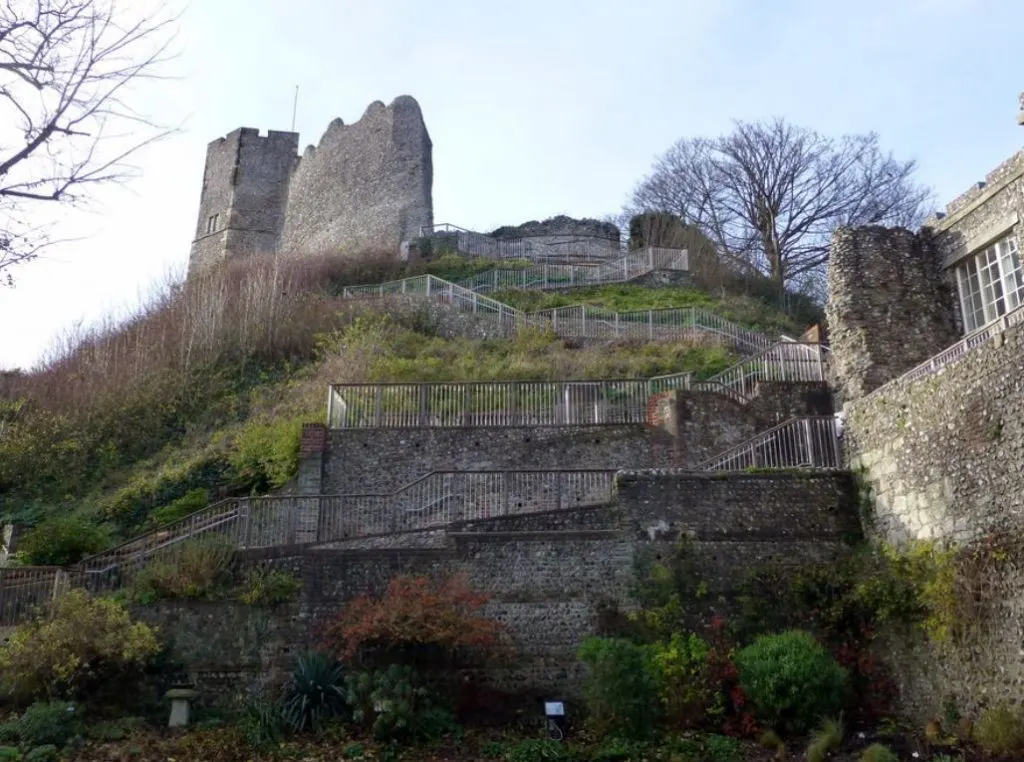
One of the most interesting Lewes Castle facts is that it features two mottes, a unique design for a motte-and-bailey castle that is only shared by Lincoln Castle in the East Midlands.

These two mottes also have names as the first motte is referred to as “Brack Mount” and the other one as “The Keep.” Both the mottes are man-made as well.

4. The castle was built by a Norman nobleman shortly after the Conquest
The castle was built shortly after the Norman Conquest of England, an event that took place in the year 1066. The construction was in the hands of William de Warenne, 1st Earl of Surrey (died 1088), an important Nobleman who fought under William the Conqueror at the Battle of Hastings in 1066.
He was made Earl of Surrey under William II Rufus and owned extensive areas of land when the Domesday Survey was completed in the year 1086.
This means that he was excellently rewarded for his contributions during the Conquest and left his permanent mark in the region with the construction of Lewes Castle.

5. Its 2 most prominent features were completed in the 11th century
The first feature to be built was Brack Mount, the man-made hill that overlooks the region, something that gave the castle its strategic importance.
The second mount was completed in the 11th century as well. Both mottes were surrounded by a deep ditch and connected with each other by the bailey.

6. The original structure was fortified in the early 12th century
The core structures of the motte-and-bailey castle were originally surmounted by wooden palisades, but stone structures replaced these in the early 12th century.
Perhaps one of the most remarkable Lewes Castle facts is that the entire bailey, which covers an area of about 135 by 100 meters (442 by 328 feet), was surrounded by a continuous flint wall. This defensive structure had a rectangular gatehouse and various towers with intervals.
Today, only the eastern section of this wall survives.
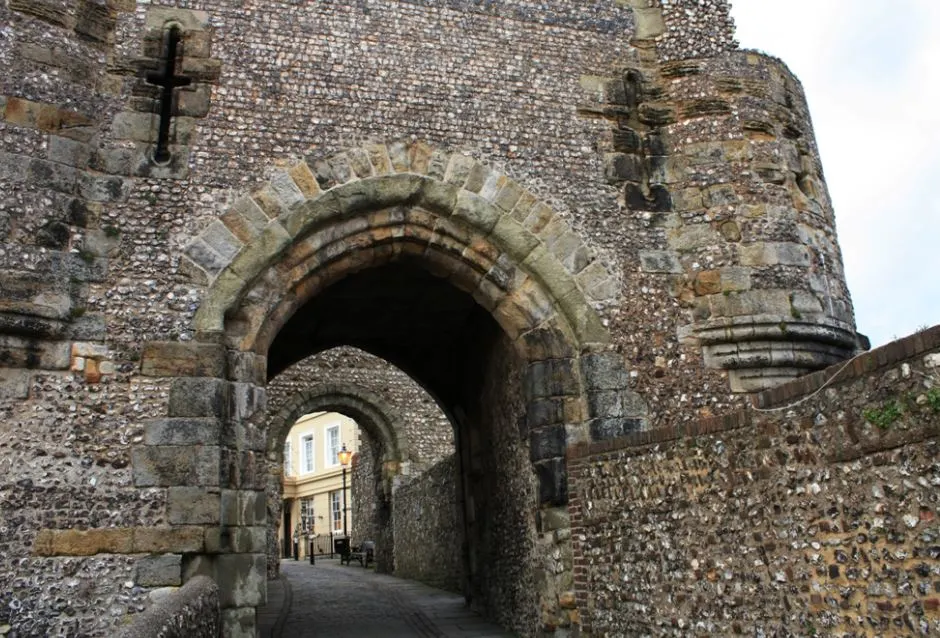
7. It was used during an important battle of the Second Barons’ War
While the castle itself was not besieged during the Second Barons’ War, it played an important role during the Battle of Lewes. This was a significant battle that happened on May 14, 1264, and ended with King Henry III signing the “Mise of Lewes.”
This document pretty much made Simon de Montfort, 6th Earl of Leicester, the uncrowned King of England, until he was eventually defeated during the Battle of Evesham in August 1265.
The castle in Lewes was used in this period as a Royalist stronghold. Soldiers went out to battle from here before eventually fleeing back to it after being defeated.
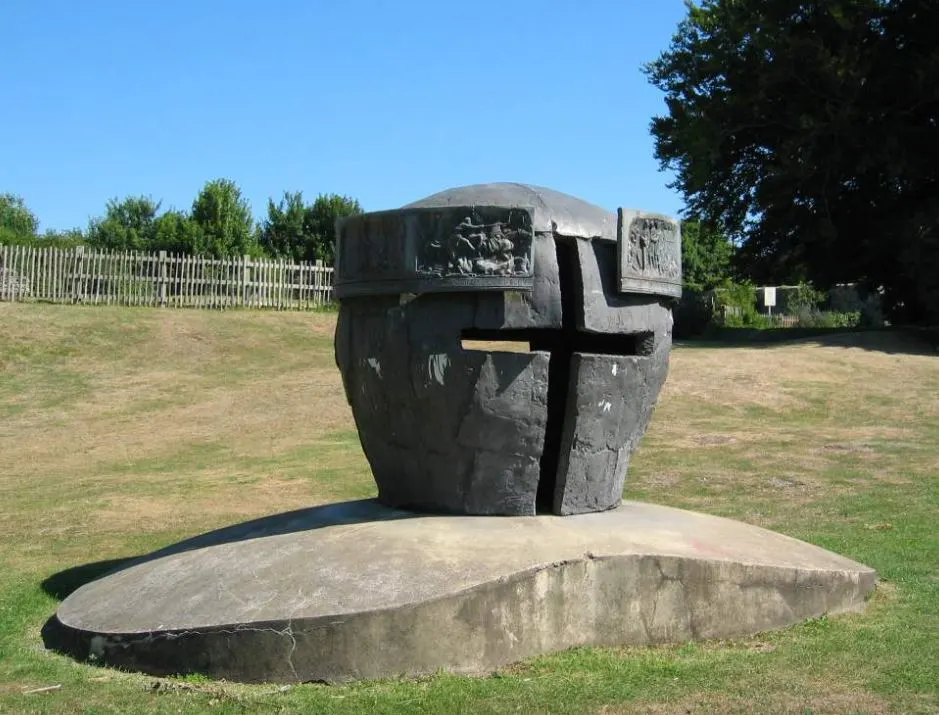
8. The barbican gate dates back to the 14th century
One of the most fascinating structures of Lewes Castle is the Barbican Gate, the towering outpost of the castle which was constructed in the 14th century.
This round-turreted tower was built to strengthen the defense of the outer gatehouse of the castle, basically making it next to impossible to penetrate it from this area.
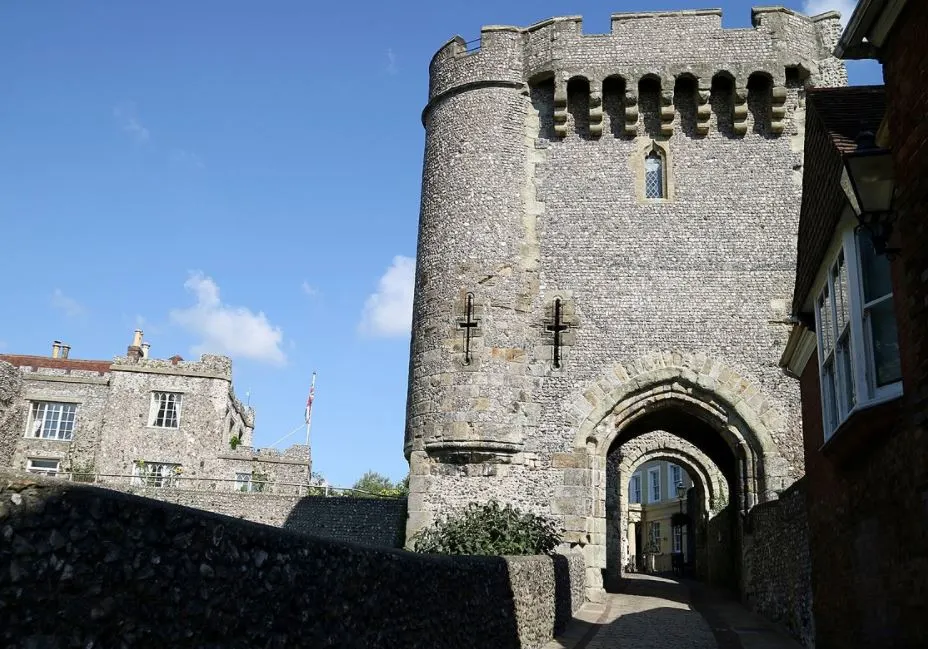
9. The castle lost its military significance from the 15th century
From the 15th century onwards, the castle completely lost its significance as a structure of defense. Therefore, it was allowed to become a ruin and was often used as a warehouse as well.
One of the mottes was restored in the 18th century and it was turned into a Georgian pleasure garden. Further efforts were done in the 19th and 20th centuries in order to both preserve and restore the castle.
This eventually turned the castle into a popular tourist attraction today!
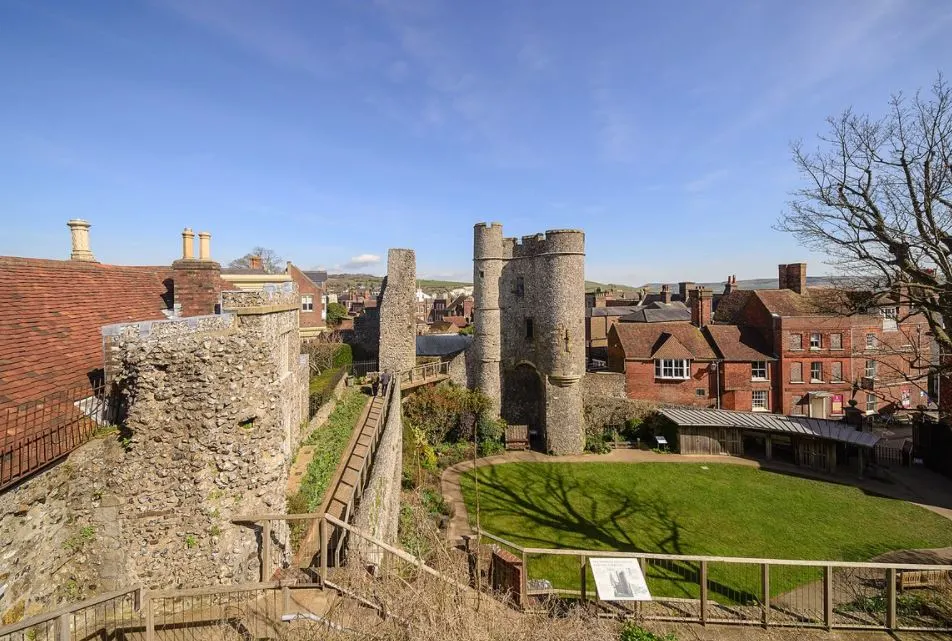
10. It was donated to the Sussex Archaeological Society in the 20th century
The ownership of the castle passed hands multiple times, and the Sussex Archaeological Society eventually leased it from 1850 after being acquired by Charles Thomas-Stanford. It was eventually gifted to this organization in the year 1922.
The castle has been designated as a Scheduled Monument and Grade 1 listed building since 1915, and the main motte has been designated as a Scheduled Ancient Monument.
Apart from serving as a popular tourist attraction, the Pleasure Garden on top of the Keep can also be used for special events, including weddings. Receptions take place below in the so-called “Gun Garden,” a fascinating location for an important event!

